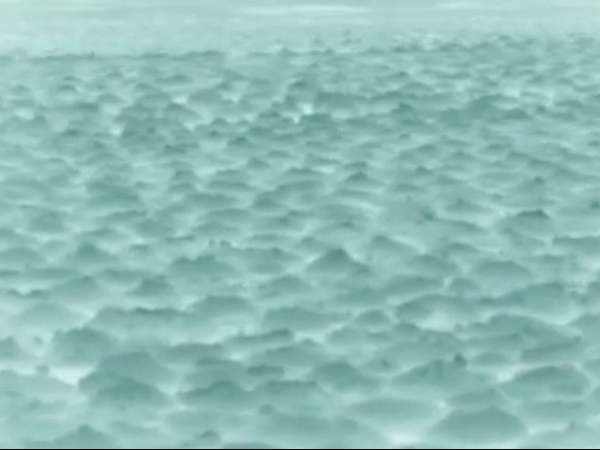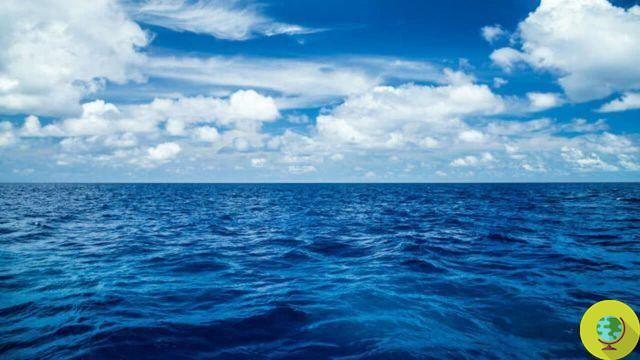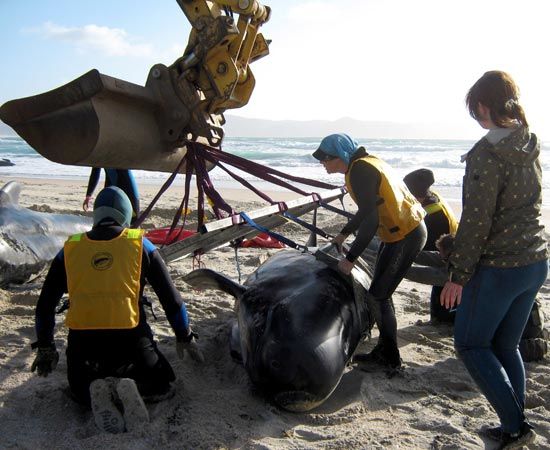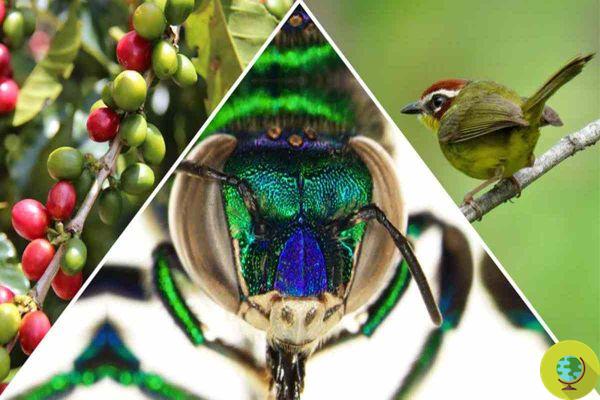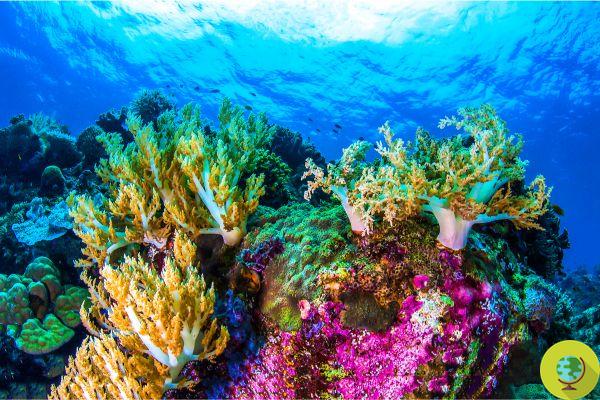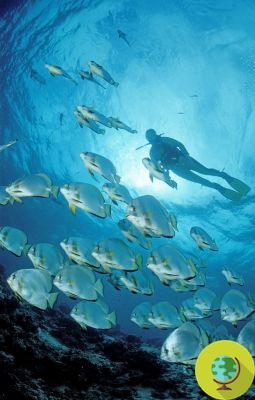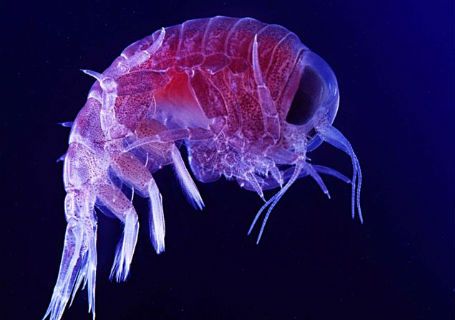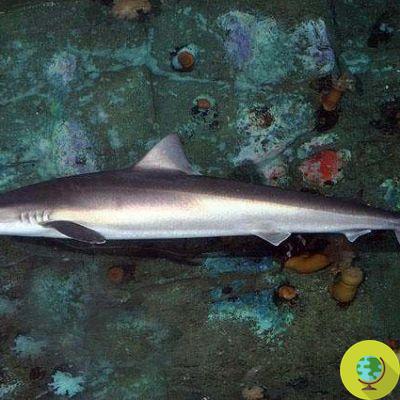
The Zoological Society of London publishes the results of the most important fact-finding survey since the 50s
The Zoological Society of London publishes the results of the most important fact-finding survey since the 50s
Seahorses, eels, seals and sharks would live in the waves of the river that crosses London, the Thames, according to the most important analysis carried out on the watercourse since it was declared "biologically dead”In the 50s: despite the absence of life attested by scientists, researchers from the Zoological Society of London (ZSL) managed to find quite a few forms of animal life in England's most famous river.
Unfortunately though, needless to say, too the waters of the Thames are suffering from pollution and the climate crisis: the waters are getting warmer and their level getting higher (as a result of the rising sea level), as is the level of nitrates present in the water due to industrial discharges. Consider that, on average, the summer temperature of the surface waters of the Thames has risen steadily by + 0,19 ° C every year since 2000. In addition to the pollution deriving from industrial waste, then there is the problem of garbage to consider: thousands of plastic bottles, bags and handkerchiefs floating in the river are a serious concern for scientists: in Barnes (a London borough) a pile of handkerchiefs carried by the river's current reached an incredible 1,4 meters in height. less than ten years, covering an area of 1.000 square meters.
This waste is mostly made up of plastic, which is physically alternating the river's profiles creating large clusters of very compact sediments. But there is not only the largest waste: microplastics dissolved in water are also a problem that should not be underestimated. On average, almost 20 particles of microplastic are calculated per cubic meter of water, while the microplastics thrown into the river are increasing at the rate of 94.000 per second.
Despite all this man-made pollution, life has returned to London's river waters, thanks to the efforts of some associations that have created nature reserves along the River Thames. Currently living species include seahorses and even some shark breeds. Since the investigation began in 2003, we have witnessed the constant increase of the various animal populations present in the river. The number of fish, on the other hand, appears to have decreased since the 90s and scientists are working to understand the cause of this decline.
River estuaries are one of the most threatened ecosystems: they offer us clean water, protection from floods, and are an important "cradle" for young fish and other aquatic species. They are ecosystems of vital importance to try to counter the effects of climate change and create a more resilient future for nature and people - spiga Alison Debney, of the ZSL. - This report has allowed us to fully understand the extent to which the Thames ecosystem is restoring, giving us hope for the future.
Follow your Telegram | Instagram | Facebook | TikTok | Youtube
Fonte: Zoological Society of London
We also recommend:
- India: ritual bath in toxic foam. The pollution does not stop devotees from diving into the "sacred" waters of the Yamuna River
- On the Po river, anti-pollution barriers are tested to trap plastic and send it for recycling
- Massacre of manatees in Florida, they no longer have food due to man-made pollution





